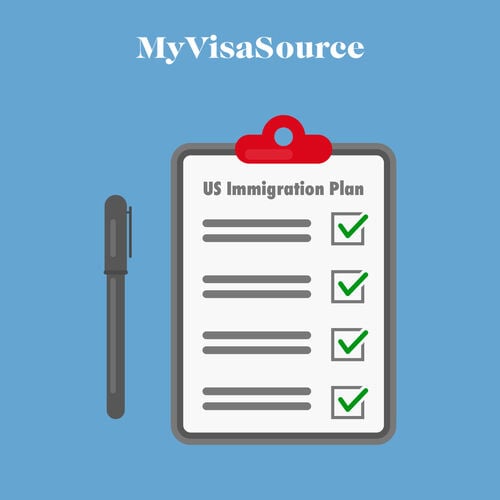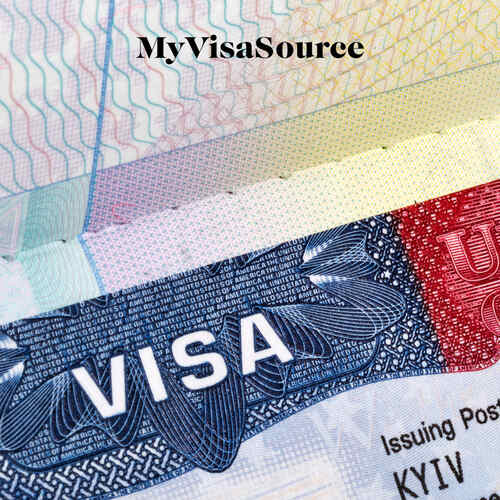In an increasingly interconnected world, the pursuit of opportunities across borders has become more accessible than ever before. The United States, with its promise of prosperity, cultural diversity, and world-class education, is the goal destination for countless individuals seeking a better life. The EB-5 Investor Visa program offers a unique pathway to realize this dream. This blog post explores the intricacies of the EB-5 Investor Visa, highlighting how it allows individuals to invest in the American Dream while securing a pathway to permanent residency.
Understanding the EB-5 Investor Visa
The EB-5 Investor Visa, established by the U.S. Congress in 1990, was designed to address the U.S. economy by creating jobs and through capital investment by foreign investors. Under this program, qualified foreign investors and their families can obtain a green card or lawful permanent residence by investing in new commercial enterprises that create jobs for U.S. workers.
Investment Requirements
An investor with an EB-5 visa must make a qualifying investment in either a new commercial enterprise or a troubled business. The minimum investment amount will be based on the location of the investment – $1.8 million for a standard investment and $900,000 for targeted employment areas (TEAs), regions with high unemployment or rural areas. These investments must also create or preserve at least ten full-time jobs for qualifying U.S. workers within two years of the investor's admission to the U.S. as a conditional permanent resident.
The Regional Center Advantage
EB-5 investors can invest through USCIS-designated regional centers, which are private entities that promote economic growth within specific regions. These centers often manage larger-scale projects, such as infrastructure development, real estate ventures, and job-creating enterprises. The advantage of investing through a regional center lies in the ability to count indirect job creation toward the 10-job requirement, making it an attractive option for investors seeking flexibility in meeting the program's criteria.

















